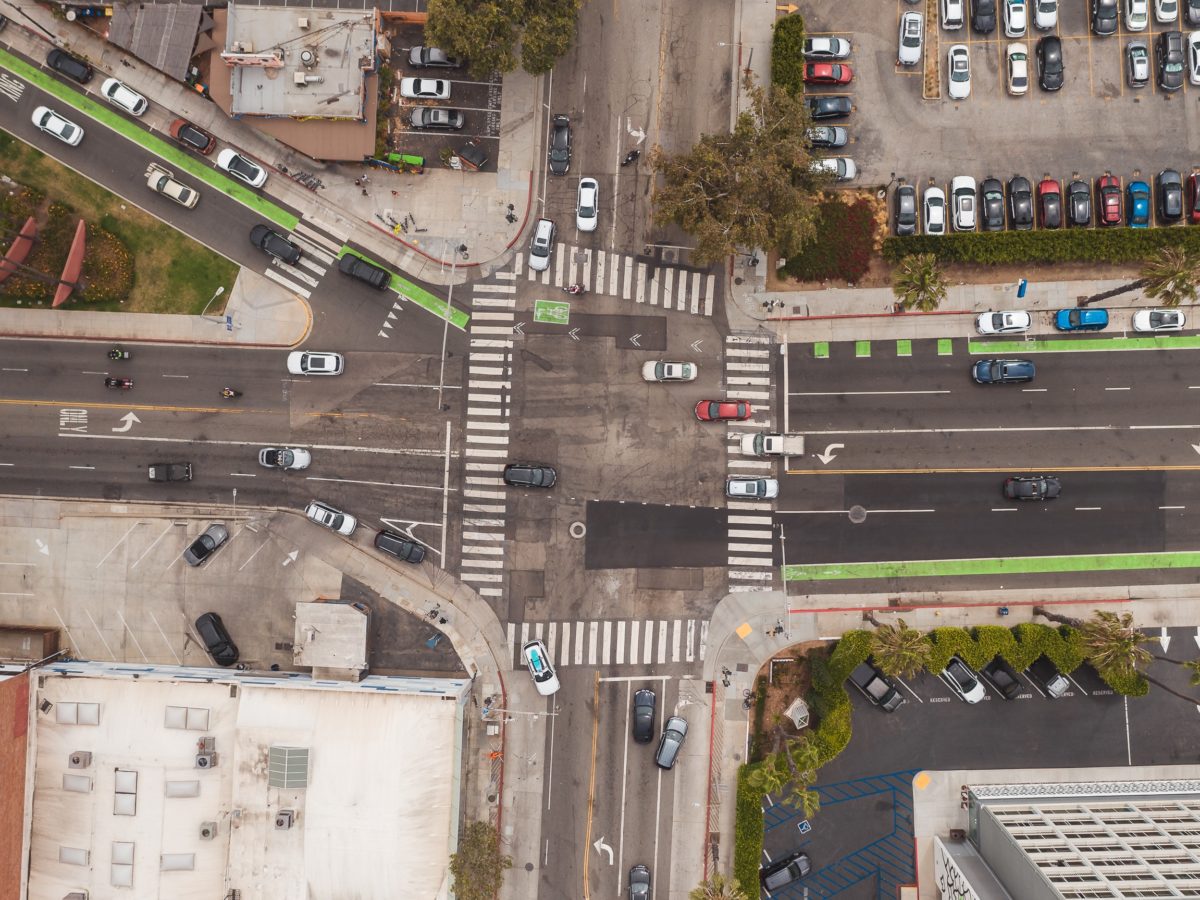

|
|
Here’s a policy decision with long-term implications for education, health, law enforcement, environmental protection, and other state government functions that deserves more public discussion and debate than it received when the General Assembly adopted 2022-23 budget revisions.
To shore up financing for roads and bridges, the legislature diverted 2% of state sales tax revenue — estimated at $193 million for this fiscal year — from the General Fund to the N.C. Department of Transportation. The legislature intends for the diversion to rise to 4% in the following year, then to 6% a year thereafter, amounting to $628 million annually.
This policy decision breaches North Carolina’s long-standing separation between the General Fund and the Highway Fund, as well as its companion Highway Trust Fund. The barrier, though never totally impervious, has served to protect schools, community colleges, universities, public safety, prisons, health and human services from being outmuscled by powerful political forces interested in roads, rails, and runways.
Since creating a unified highway system in 1931, North Carolina has followed a user-pay model. The motor fuels tax, highway use tax, and DMV fees, along with federal funding, now provide the state transportation department with an annual accumulation of $5 billion. Early last year, the NC First Commission warned that new technologies will deplete the current funding streams and that the state should prepare to spend $7 billion a year over the next decade.
“We are entering a new era characterized by dramatic population growth and seismic technological, social, and environmental disruptions to the transportation sector,” says the commission. “…Higher vehicle fuel efficiencies, electric and hybrid vehicle sales, and changes in mobility and travel will reduce the number of gallons sold and worsen disparities concerning who pays a fair share to use the state’s roads.”
As “long-term modernization,” the commission identified such options as a “mileage-based user fee,” expanded tolls, and public-private partnership projects. More immediately, the commission suggested raising the sales tax, while reducing the motor fuels tax, and transferring revenue from the sales tax on vehicle-rentals and other transportation-related goods and services out of the General Fund.
The legislature did not raise the sales tax. Instead, as commentator John Hood observed, the legislature in effect took the transferring revenue option.
The sales tax diversion also comes in the context of a decade-long stream of tax cutting in General Fund revenue sources — a core element of the Republican majority’s governing agenda. Since 2013, the legislature has reduced both corporate and individual income tax rates, with more in process, overall shifting the revenue-raising burden in ways that favor the affluent more than the middle-class and poor.
North Carolina’s corporate tax rate has gone down to 2.5%, the lowest in the nation, and is on track to zero-out by 2025. The state has shifted from a graduated personal income tax that previously ranged from 6% to 7.5%, based on ability to pay, to a one-rate “flat” tax, scheduled to decline from 4.99% to 3.99% after 2026. Altogether, the tax reductions will have decreased annual General Fund revenue by as much as $6 billion.
A combination of circumstances handed the General Assembly stronger than anticipated revenue growth for the current two-year budget cycle — federal pandemic relief, a relatively swift recovery among well-paid North Carolinians, legislative action to extend the sales tax to more services and entertainment, and a court ruling on collecting taxes on out-of-state sales. The state was awash in unanticipated cash.
Unless reversed or replaced, of course, tax reductions live on beyond the budget cycle in which they are enacted — and beyond the larger than expected surplus. There is more than a minor risk inherent in the legislature’s diversion of sales tax revenue to the transportation department, a risk of pitting essential public goods against each other. As tax rates go down and diversions go up through this decade, the combined dynamics squeeze the General Fund of revenues to address such lingering shortcomings as indicated in the Census Bureau’s recent report that North Carolina ranks 47th in per-pupil spending in relation to personal income.
To secure its standing as one of the nation’s mega-states, North Carolina needs to strive for both a modern transportation system and world-class schools, colleges, and universities. The state needs a robust public conversation over how to finance its transportation networks and its education systems, which serve as basic, if distinct, infrastructure upon which the state’s economic prowess and its citizens’ quality of life depend.





